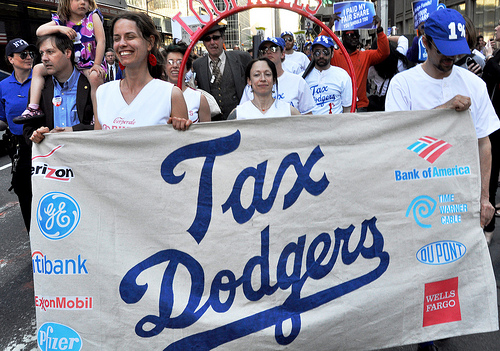Midwest Energy News, June 6, 2013
As the population grows, the economy improves and the climate warms in its service territory, Xcel Energy projects rising demand for electricity on hot summer days before the end of the decade.
On April 15, the Minnesota utility proposed meeting that new peak demand by building three 215-megawatt natural gas power plants — one in the Twin Cities and another two in North Dakota.
Six weeks later, though, Xcel and other investor-owned utilities in Minnesota were presented with a new legislative mandate to generate 1.5 percent of their electricity from solar by 2020.
The state’s new solar standard is expected to spur development of an estimated 450 megawatts of solar power over the next six and a half years, which raises the question: does Xcel still need all three of those gas peaking plants?
The Minnesota Public Utilities Commission, which has already agreed to the need for more generation, will meet today to consider whether some of that need could be met with solar power instead of fossil fuels.
The commission is charged with choosing the best plan for ratepayers from five possible proposals, including Xcel Energy’s natural gas plants and a renewable developer’s plan to install more than 30 solar arrays strategically spread across Xcel’s territory.
The renewable company, Geronimo Energy, says its 100-megawatt distributed solar project could economically supply about a seventh of the additional generation capacity Xcel Energy expects to require by 2019.
Other options include proposals by Invenergy and Calpine Corp. to expand existing natural gas plants in Cannon Falls and Mankato, respectively, and a bid by Great River Energy to sell its surplus electricity to Xcel customers.
A coalition of environmental and policy groups, including Fresh Energy, the Sierra Club, the Izaak Walton League and the Minnesota Center for Environmental Advocacy (all of which are member of RE-AMP, which publishes Midwest Energy News) have intervened in support of Geronimo Energy’s solar proposal.
‘Two different types of resources’
Xcel Energy expects to add about 275 megawatts of solar capacity by 2020 in order to meet Minnesota’s new solar standard, but complying with the law is unlikely to change its need for new natural gas peaking plants, a company official said.
…snip…
Geronimo Energy is proposing to build ground-mounted solar arrays at 31 sites across Xcel Energy’s territory. Each installation will range in size from about 2 megawatts to 10 megawatts, and they’ll total 100 megawatts of capacity.
The systems won’t tie up capacity or rack up fees on long-distance transmission lines. Instead, they’ll be built at or near existing local distribution stations where demand is forecast to rise.
“We think the costs are going to be competitive without considering any bells and whistles,” Engelking said.
By “bells and whistles,” she was referring to solar or renewable energy credits that utilities use for meeting state requirements. Geronimo filed its proposal a month and a half before the Minnesota Legislature passed the 1.5 percent solar standard.
…snip…
Solar advocates are convinced, though, that the economics for peaking power are tilting in their favor.
John Farrell, a senior researcher at the Institute for Local Self-Reliance and a leading expert on distributed generation, said he’s skeptical about Xcel Energy’s assumptions, including its forecasts for natural gas prices.
“I think they are operating mostly on inertia here with their approach to meeting their peaking needs,” Farrell said. “It seems relatively ridiculous that there’s so little attention being paid to solar compared to how willing they are to just step up and build another natural gas plant.”





